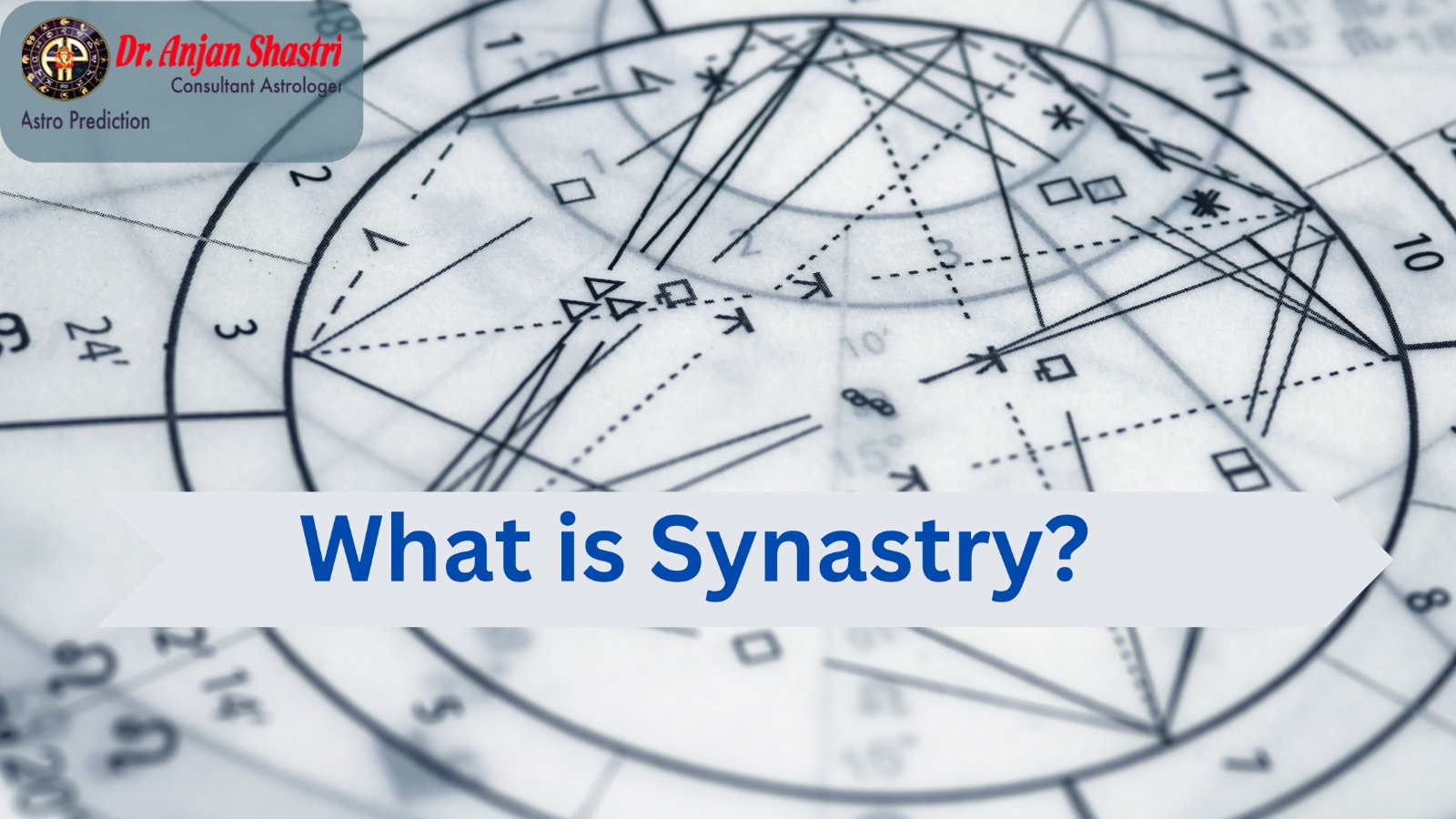Introduction:
Natal astrology, often referred to as birth astrology or natal chart reading, is a captivating and age-old practice that delves into the cosmic blueprint of an individual’s life. It is a tool that offers insight into the unique characteristics, potentials, and life path of a person based on the positions of celestial bodies at the time of their birth. In this blog post, we will explore the fascinating world of natal astrology, how it works, and the insights it can provide.
Understanding Natal Astrology:
The Natal Chart:
Natal astrology begins with the creation of a natal chart or birth chart, which is a snapshot of the sky at the exact moment and location of a person’s birth.
Explain the components of a natal chart, including the positions of the sun, moon, planets, and astrological houses.
Planetary Influences:
The significance of each celestial body and its influence on a person’s personality, strengths, and challenges.
The role of the sun sign (zodiac sign) in shaping one’s basic identity.
Interpreting the Natal Chart:
Astrological Houses:
Twelve astrological houses and their relevance in natal astrology.
How the placement of planets in specific houses can reveal various aspects of life, such as career, relationships, and personal growth.
Aspects and Configurations:
Discuss planetary aspects (e.g., conjunctions, squares, trines) and how they affect a person’s character and life events.
Highlight the significance of major configurations like the Grand Cross or T-Square.
Practical Applications:
Self-Discovery:
Explain how natal astrology can aid in self-discovery, helping individuals gain a deeper understanding of their strengths, weaknesses, and life purpose.
Relationships and Compatibility:
How natal astrology can be used to assess compatibility in romantic and interpersonal relationships through techniques like synastry and composite charts.
Timing Events:
Introduce the concept of predictive astrology (e.g., transits and progressions) and how it can be used to anticipate significant life events.
Ethical Considerations:
Ethics in Natal Astrology:
Importance of ethical and responsible use of astrological insights, emphasizing the need for respect, consent, and privacy.
Conclusion:
Natal astrology is a powerful tool for self-exploration, personal growth, and gaining insights into the intricate tapestry of one’s life. Whether you’re a curious novice or a seasoned astrologer, the study of natal astrology offers a never-ending journey of discovery through the stars. As you delve into your birth chart, you may find that the celestial bodies hold the keys to unlocking the mysteries of your existence and guiding you on your life’s path.





